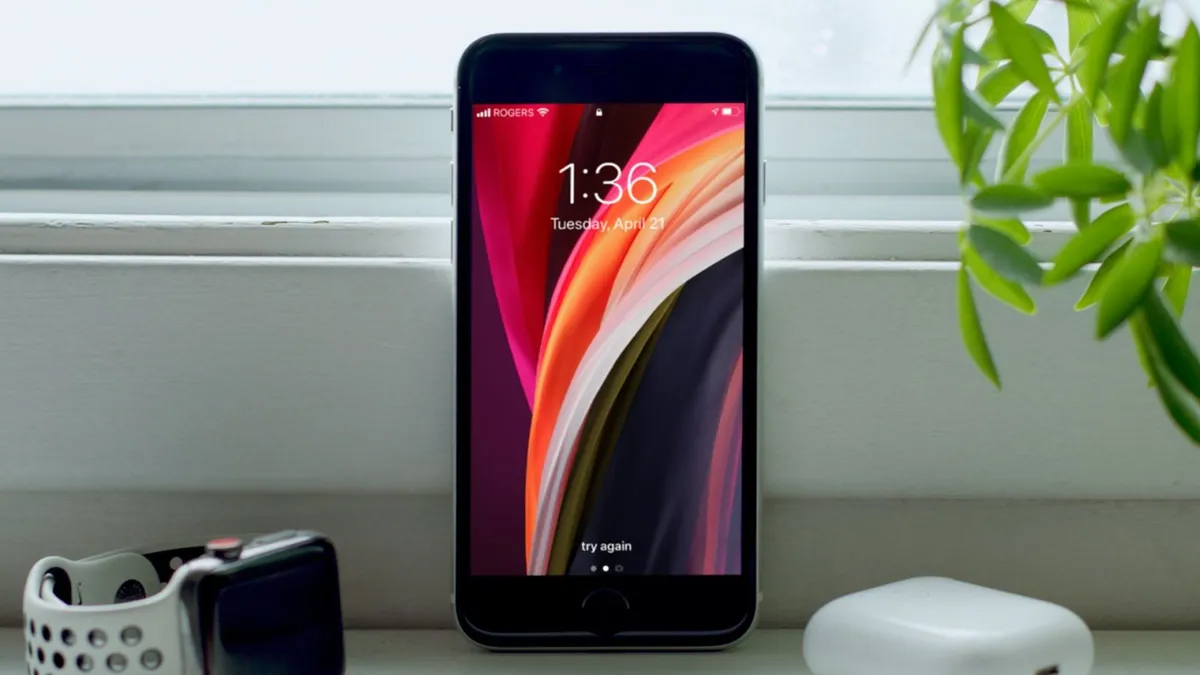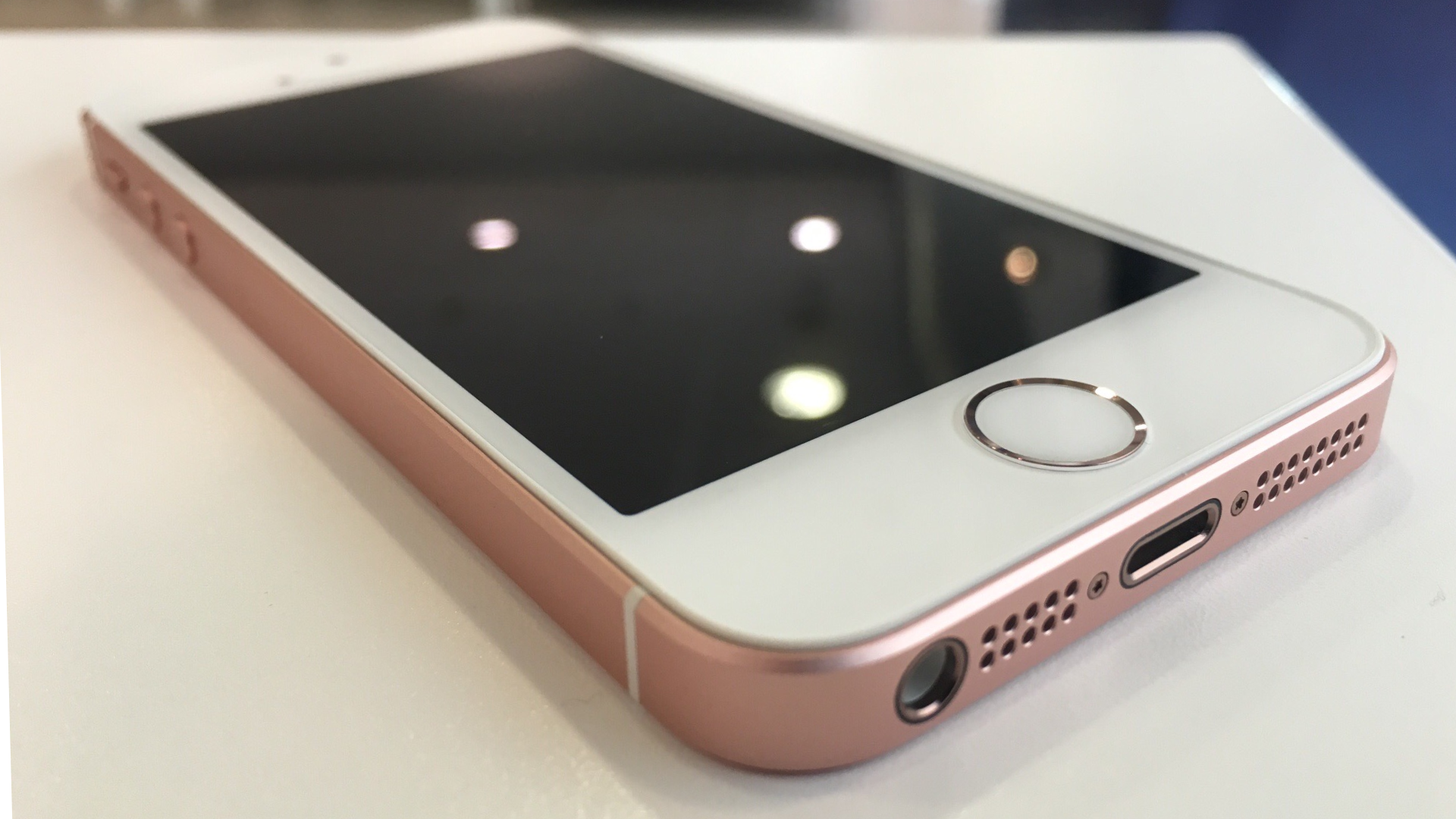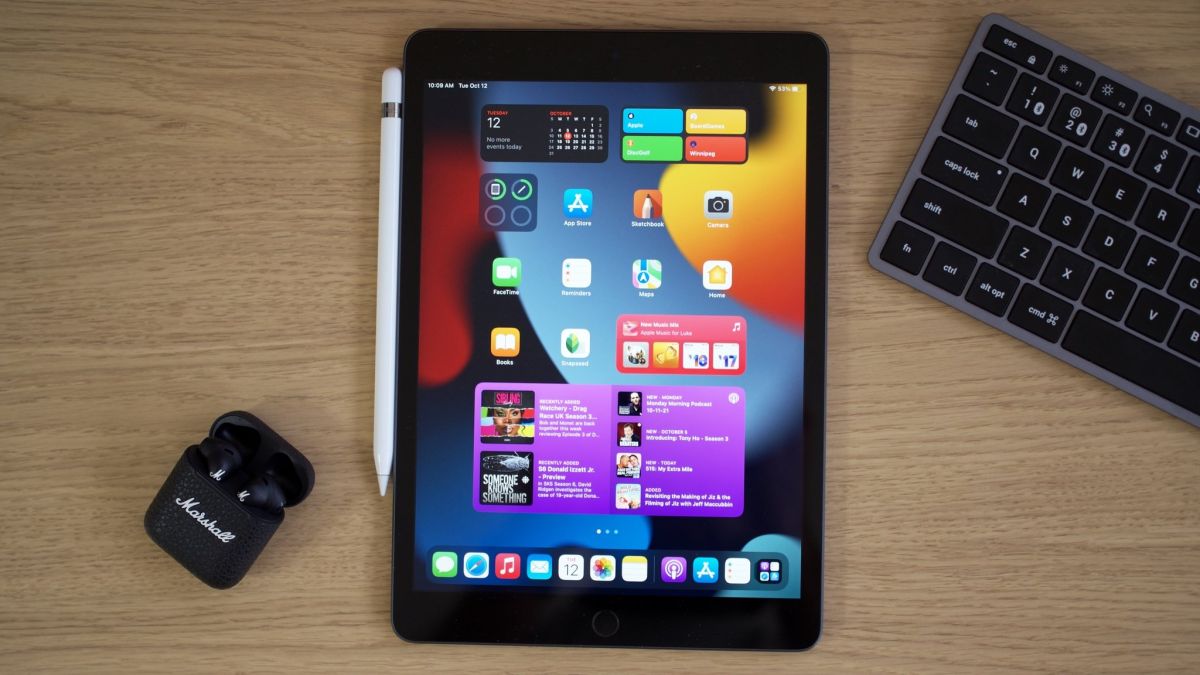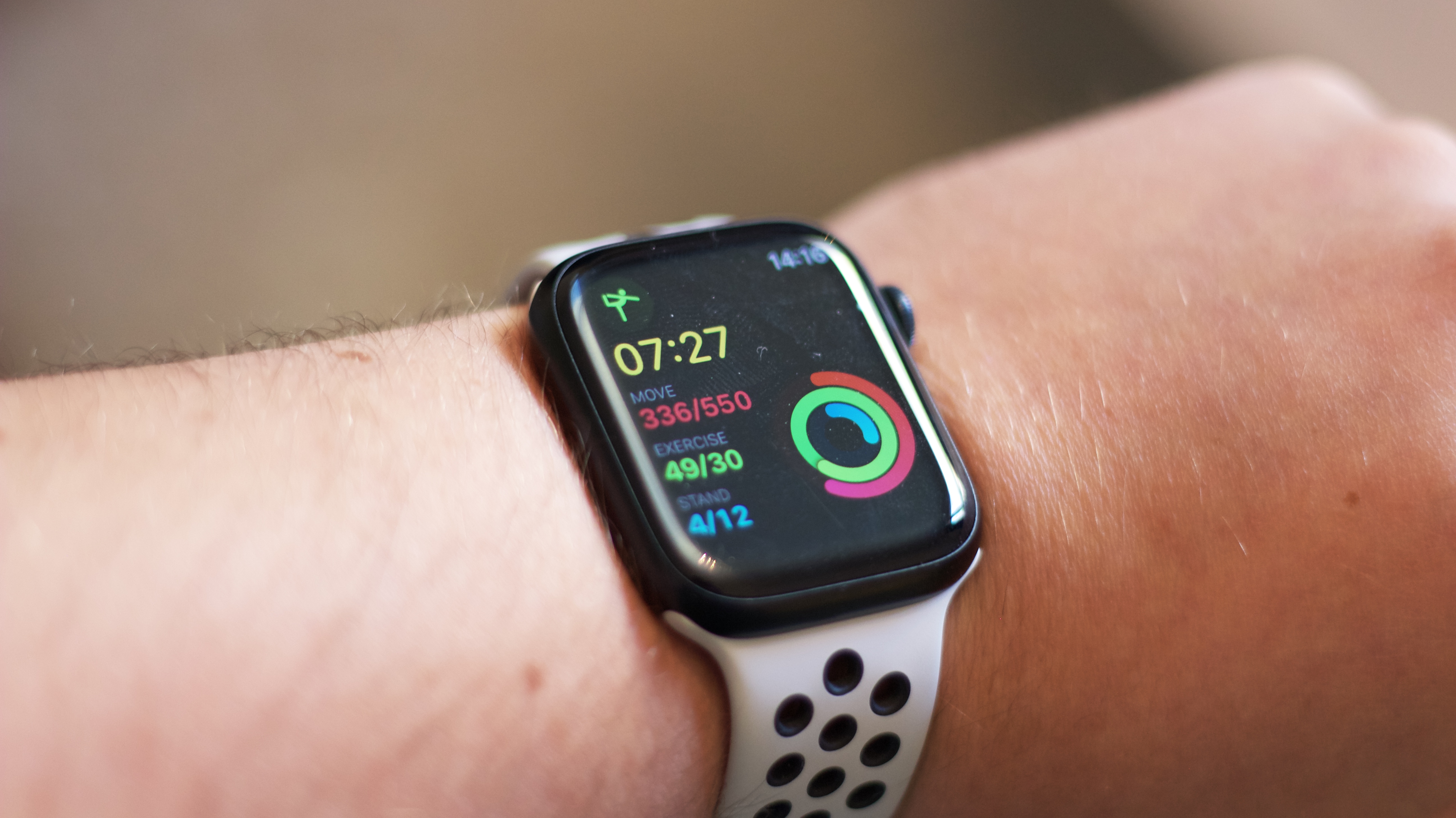iPhone SE, iPad mini, Apple Watch SE: are the cheapest Apple devices worth buying in the New Year sales?
Even entry-level Apple devices aren’t cheap – but do they pack in enough functionality to be worth it?

The iPhone SE, Apple Watch SE and iPad (2021) all have one thing in common – they act as the cheapest, entry-level models in Apple’s many beloved product ranges, from smartphones and smartwatches to tablets and laptops (and many other Apple devices we won’t get into here).
But if you’re buying one of these Apple models for the first time, you may not be sure whether the cheapest option is necessarily the best one for you. It’s easy to worry about missing out on key features, or feel pressured to push for a model that’s actually a little out of your budget.
We’re here to tell you that the cheaper Apple models do exist for a reason – to offer a distilled product experience at a more reasonable cost, even if the luxury Apple brand adds something of a price premium across the board.
So if you’re eyeing up the iPhone SE, the iPad (2021), or the Apple Watch SE, here’s what you need to consider before making a final purchase.
iPhone SE: the pocket-sized smartphone

Smartphones are bigger than ever, thanks to increasingly bezel-free screens, improved display technology, and the pressure to both capture and witness high-quality video in the social media age. But for those who are content with a smaller phone, one that actually fits in a pocket comfortably and can be easily navigated with a single hand, the iPhone SE (‘Special Edition’) is a great alternative.
2022's 3rd-generation model comes with a 4.7-inch display, which is about a 20% size reduction compared to the new 6.1-inch iPhone 15. The SE has the same aluminum construction and glass back as that model, just without the screen-strengthening Ceramic Shield that most iPhones have had since the iPhone 12. The A15 Bionic chipset is still pretty capable (the iPhone 15 is only using the A16, after all), though you won’t get Face ID or even the USB-C connections of more recent handsets (Lightning cable it is.)
That size reduction does have a big impact on camera quality, mind. Due to the smaller build of the smartphone, it’s harder to fit in multiple lenses – and the iPhone SE makes do with a single 12MP camera and 1x optical zoom instead of the 48MP Ultra Wide versions and 0.5-5x zoom found in newer Apple smartphones. Limited space for a battery means the SE also has a projected 15-hour battery life for constant video playback, whereas the iPhone 15 Pro Max offers double that amount.
iMore offers spot-on advice and guidance from our team of experts, with decades of Apple device experience to lean on. Learn more with iMore!
A few trade-offs, then, but for media-light Apple consumers after a more convenient size and shape, the iPhone SE has plenty to recommend it.
iPad (2021): the entry-level tablet

The ninth-generation iPad released in 2021 – and while it's not technically the smallest iPad available, it is the cheapest model available right now.
This is the default iPad choice for most. With a 10.2-inch screen, companion stylus, and $329 price tag, it offers the basic Apple tablet experience for those after it. This 2021 model comes with 64GB and 256GB storage options, an 8MP rear camera with 1080p video, and an A13 Bionic chipset that's getting a little long in the tooth these days.
The issue is that there's a newer 10th-generation iPad (2022), one that packs in an A14 processor, an improved neural engine, a 10.9-inch screen, and a jump to 4K video on its 12MP rear camera. It also comes with a USB-C port instead of the Lightning input of the ninth-generation model. Notably, you'll need the newer iPad to get 5G cellular instead of 4G, too.
You're paying a little more at $449 for the base model, mind, but the ninth-generation iPad has fallen behind on a few metrics, from its cable standards and cellular connectivity to video quality and more. It's still a good buy for those after a simpler experience, but likely won't be on the market in another year or two.
As a side note, the compact 8.3-inch iPad mini is actually pricier than both of these models, starting at $499 – despite its smaller size, it largely matches the specification of the 10th-generation iPad, but with a speedier A15 Bionic processor, improved P3 color range, and support for the Apple Pencil 2, it should feel a little more luxurious.
The iPad Pro (2022) or iPad Air 5 models ship with Apple’s newer M-class processors and offer more complex CPU and GPU setups, so you should know you’re not getting top-class performance in the 2021 iPad, which won’t be quite as equipped at complex computing tasks, or anything related to gaming (say, on Apple Arcade).
However, all of these models are notably cheaper than the $599 iPad Air or the $1,099 iPad Pro 12.9-inch, and that may be enough to sway someone after a starter iPad.
Apple Watch SE: the simplest Apple smartwatch

We’re now on the second iteration of the Apple Watch SE (or ‘Special Edition’). As with the iPhone SE, those two letters point to a distilled product experience in a slightly cheaper package, with the Apple Watch SE 2 starting at $249 instead of the $399 price tag of the Apple Watch Series 9 or the $799 RRP of the Apple Watch Ultra 2.
The Apple Watch SE offers broadly the same experience as its pricier siblings, with the same WatchOS interface experience, 99% of the same apps, and similar sizing options to the Series 9 (albeit 40mm/44mm rather than 41mm/45mm). Like the others, it should be a joy for those who like sleek Apple hardware, and want a smartwatch that syncs with an iPhone, allows for hands-free calls, offers contactless Apple Pay, and much much more.
However, $250 is notably cheaper than the standard model, and that means it comes with some predictable downgrades. The display has a peak brightness of 1,000 nits, which is half the luminance of the Series 9, and lacks the latter’s ‘always on’ feature. Additionally, you have to make do without double tap gestures, the precise iPhone finding feature, or the speedy on-device Siri processing found on higher-end models.
You may feel a little intimidated by the health tech packed into most Apple smartwatches, and worry about missing out on important sensors. But even the SE model comes with a heart rate tracker, and notifications that point to irregular rhythms or ‘low cardio fitness’ (we get it, we’ve been sitting at a desk all day).
You have to make do without a Blood Oxygen sensor – or the ECG (electrocardiogram) app that can spot signs of Atrial Fibrillation, also known as ‘arrhythmia’, which can lead to “blood clots, stroke, heart failure and other heart-related complications” (American Heart Association). But these are quite specialist functions and not a necessity for casual consumers.
For all but the most committed (or most health conscious) Apple die-hards, the Apple Watch SE should suffice – until we get a truly minimalist Apple smartwatch, at least.

Henry is a freelance technology journalist. Before going freelance, he spent more than three years at TechRadar reporting on TVs, projectors and smart speakers as the website's Home Cinema Editor – and has been interviewed live on both BBC World News and Channel News Asia, discussing the future of transport and 4K resolution televisions respectively. As a graduate of English Literature and persistent theatre enthusiast, he'll usually be found forcing Shakespeare puns into his technology articles, which he thinks is what the Bard would have wanted. Bylines also include Edge, T3, and Little White Lies.
